The rich and varied cultural heritage of India is unparalleled. It is the diversity you find across the length and breadth of the country, that is the pillar on which our ancient history proudly sits. The UNESCO, a specialised agency of the United Nations, has a list of 1007 (as of 2014) sites, such as forest, mountain, lake, desert, monument, complex), across the world which UNESCO considers is in the interest of international community to preserve each sites. These are the places of natural or cultural heritage as per the UNESCO. As of 2014, India has 32 sites listed as World Heritage Sites, of which 25 are cultural and other seven are natural sites. Following are the Incredibly Beautiful World Heritage Sites:
1) Rani Ki Vav at Patan, Gujarat
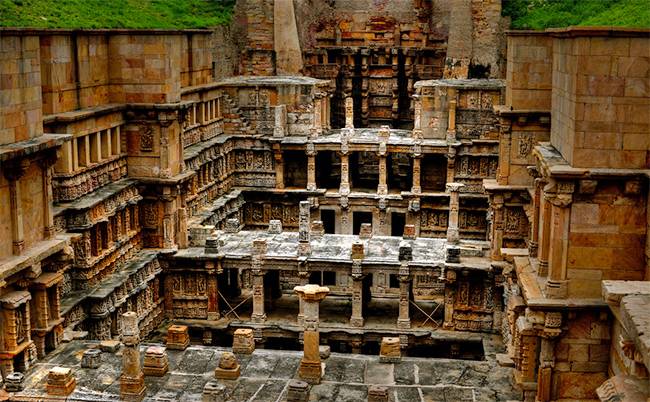
Source: www.flickr.com/photos/lesleyanddavidandbenanddaniel/4957592297
Rani Ki Vav, in Gujarat is an intricately constructed stepwell built during the rule of the Solanki dynasty. The stepwell was excavated by the Archaeological Survey of India in the late 1980s and it is one of the largest structures of its kind.
2) Hill Forts of Rajasthan
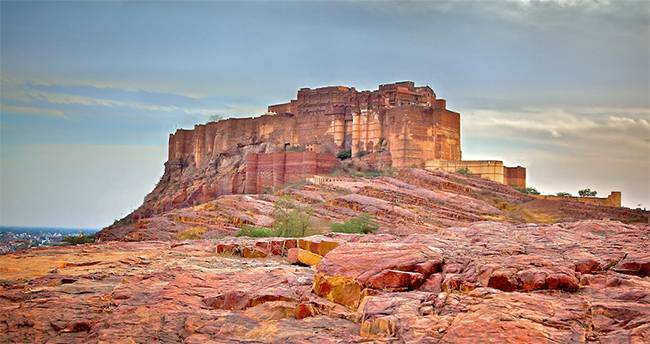
Source: www.flickr.com/photos/michaelfoleyphotography/3996454055
Hill Forts of Rajasthan are a series of sites located on the rocky Aravalli mountain range in Rajasthan representing the Rajput architecture which are fine examples of defensive military architecture using the terrain to their advantage.
3) The Jantar Mantar, Jaipur
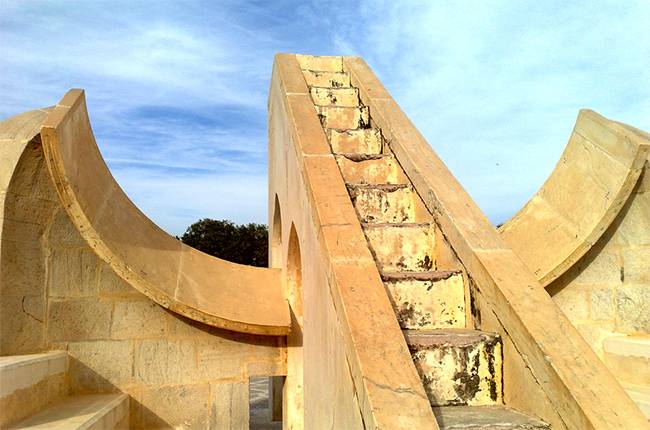
Source: www.flickr.com/photos/stml/3253263858
Built by King Jaisingh II in Jaipur between 1727 and 1734, the Jantar Mantar in Jaipur is a collection of architectural astronomical instruments and the observatory is the largest and best preserved. There are some 20 fixed instruments built in masonry and is listed on the UNESCO World Heritage List as “an expression of the astronomical skills and cosmological concepts of the court of a scholarly prince at the end of the Mughal period.”
4) Red Fort Complex, Delhi
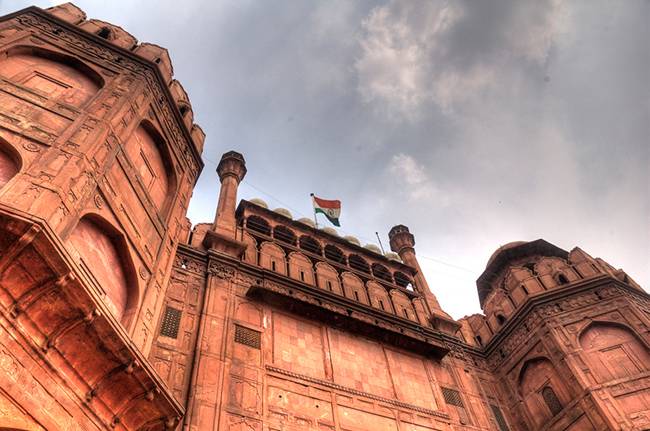
Source: www.flickr.com/photos/pranavsingh/3773752482
The Red Fort or the Lal Qila is a palace fort built in the 17th century by the Mughal Emperor Shahjahan in Delhi. The majestic fort built in red sandstone (hence the name Red Fort) represents a blend of Persian, Timuri and Indian style of architecture.
5) Champaner-Pavagadh Archaeological Park, Gujarat
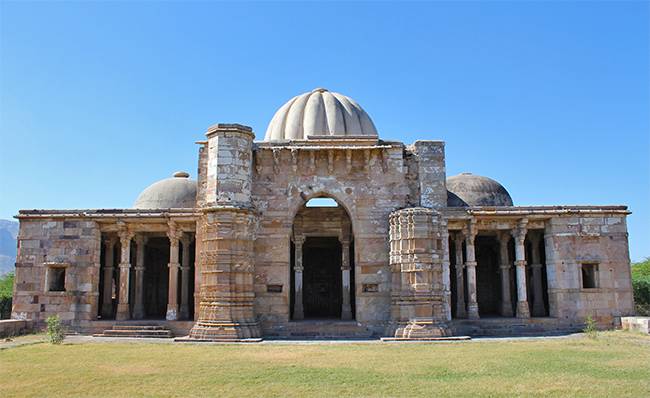
Source: www.flickr.com/photos/azwegers/9840188055
The Champaner-Pavagadh Archaeological Park in the Panchmahal district in Gujarat is a historic and living cultural heritage properties which include prehistoric (chalcolithic) sites, a hill fortress of an early Hindu capital, palaces, religious buildings, residential precincts and remains of the 16th century state capital of Gujarat. This is the only complete and unchanged Islamic pre-Mughal city.
6) Chhatrapati Shivaji Terminus (formerly Victoria Terminus), Mumbai
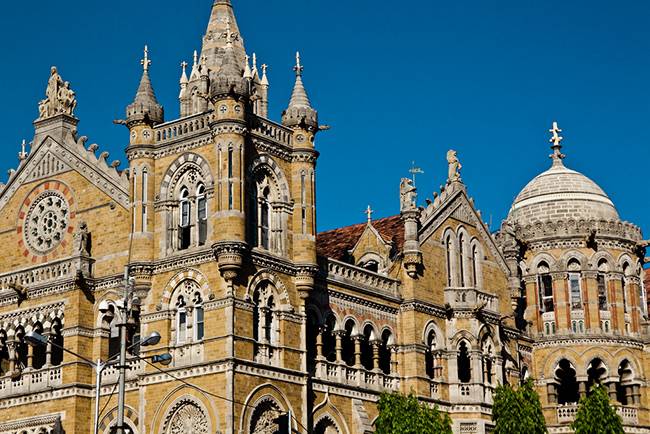
Source: www.flickr.com/photos/rohit_saxena/4111341452
Chhatrapati Shivaji Terminus, formerly known as Victoria Terminus, is a historic railway station in Mumbai, Maharashtra, which was opened in 1887. Built in the Gothic style of architecture, it is one of the busiest railway stations in India.
7) Rock Shelters of Bhimbetka, Near Bhopal
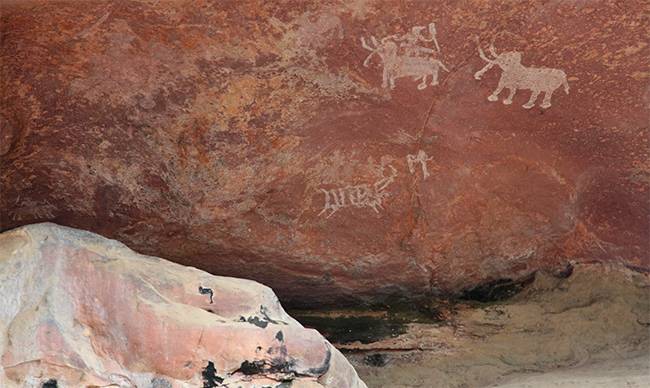
Source: www.flickr.com/photos/thinkglobalschool/11080768853
Spread in sandstone formations, the rock shelters of Bhimbetka are spectacular repository of rock paintings within natural rock shelters and are located in the foothills of the Vindhya range in Madhya Pradesh. The rock shelters could be dated between 1,00,000 BC to 1,000 AD and have unique rock paintings with high diversity of flora and fauna in the surrounding dense forest to offer.
8) Mahabodhi Temple Complex, Bodh Gaya
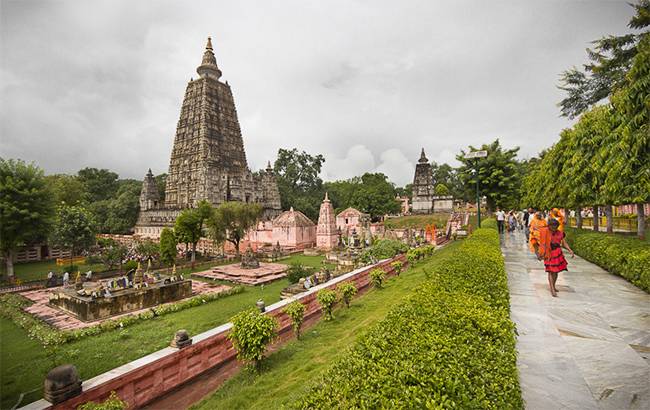
Source: www.flickr.com/photos/francpallareslopez/11584645176
Originally built by Emperor Ashoka, in the 3rd century around the Bodhi Tree, the Mahabodhi Temple is a place of importance for the Buddhists as this is where Siddhartha Gautama Buddha was enlightened in 531 BC at the age of 35. Built during the “Golden Age” of Indian culture during the Gupta Dynasty, the main temple is built in Indian architectural style between 5th and 6th centuries and is the oldest temple in the Indian subcontinent.
9) Mountain Railways of India (Darjeeling, Shimla, Coonoor)
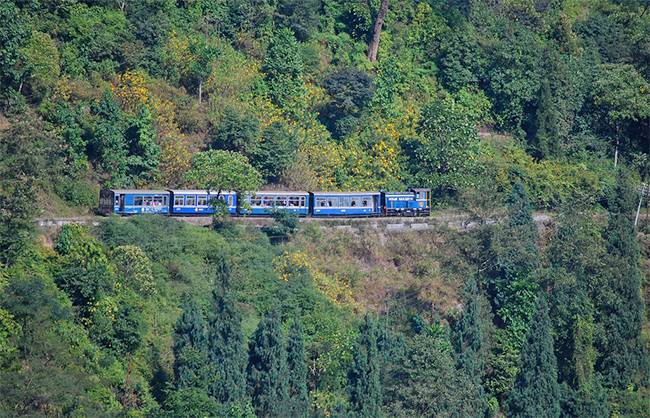
Source: www.flickr.com/photos/theabbott/3082605880
The Mountain Railways of India are the unique railway lines built by during the British India located in the rugged hills of the Himalayas and the Western Ghats. The Darjeeling Himalayan Railway, Nilgiri Mountain Railway and Kalka-Shimla Railway are “outstanding examples of bold, ingenious engineering solutions for the problem of establishing an effective rail link through a rugged, mountainous terrain”.
10) Humayun’s Tomb, Delhi
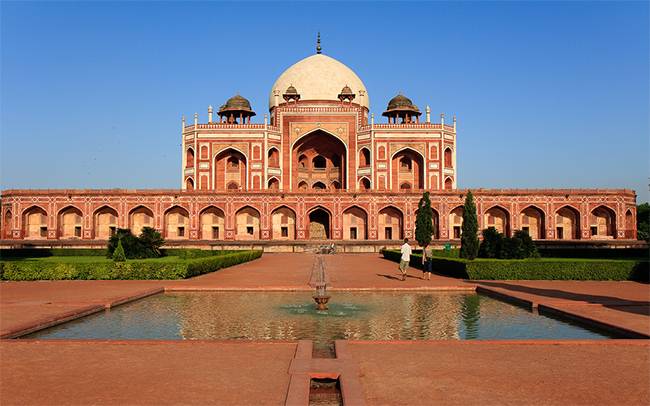
Source: www.flickr.com/photos/ialla/2953330473
Humayun’s Tomb, built by Emperor Humayun’s widow, Biga Begum, is set at the centre of a luxurious garden and was a precursor monument to the Taj Mahal. Built in 1570, Humayun’s Tomb is often described as the “necropolis of the Mughal Dynasty” for its unique architectural style.
11) Qutub Minar and its Monuments, Delhi
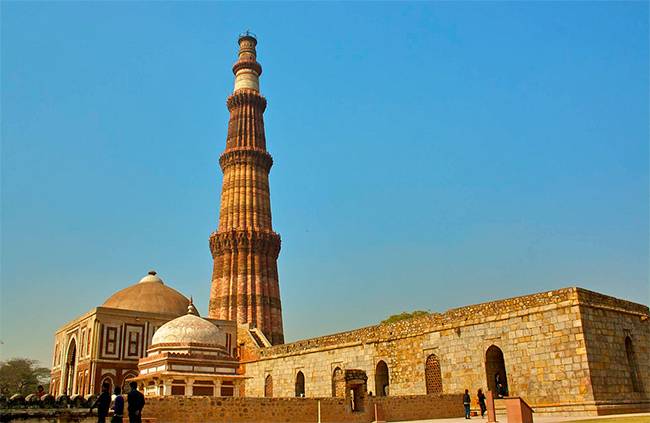
Source: www.flickr.com/photos/sakeeb/5409603916
The Qutub Minar and its Monuments in Delhi is a complex built in the 13th century with the Qutb Minar, a 72.5 metres red sandstone tower, as the centre piece. Its constuction was started by Qutbuddin Aibak in 1192 and was completed by Iltutmish between 1211 to 1236.
12) Buddhist Monuments, Sanchi
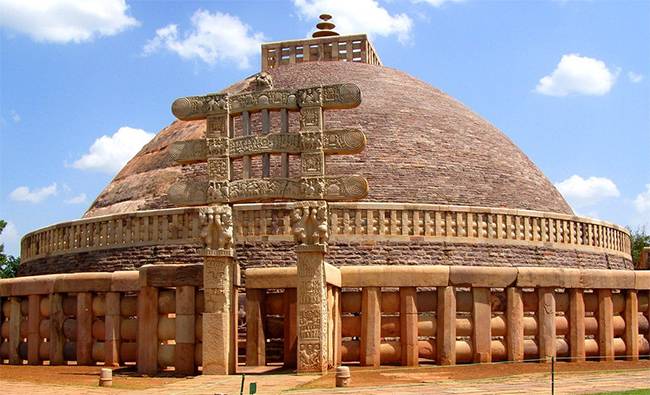
Source: www.flickr.com/photos/jayamahesh/5029614718
Located about 45 km from Bhopal, Madhya Pradesh, these monuments are dated between 100 BC to 200 BC, but were mostly developed during the rule of Emperor Ashoka. The stupas, temples, palaces and monasteries in the sanctuary make it culturally unique.
13) Elephanta Caves, off the Mumbai coast
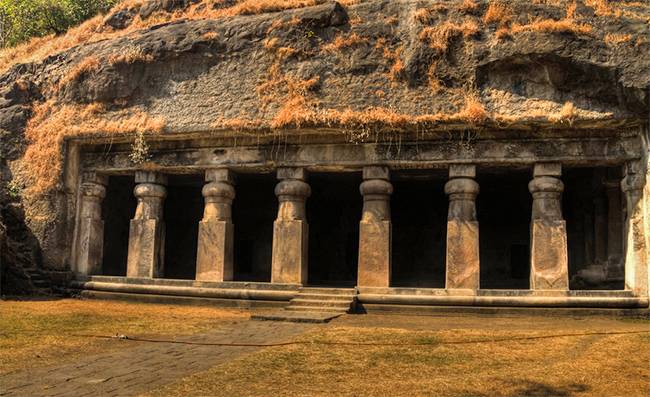
Source: www.flickr.com/photos/rwoan/6522110803
The Elephanta Caves are a network of sculpted Hindu and Buddhist caves on the Elephanta Island in Mumbai Harbour. The Hindu caves contain rock cut stone sculptures representing the Shaiva Hindu sect, dedicated to Lord Shiva dating between 5th and the 8th centuries.
–
Trodler
This post was originally published on Trodly travel blog.
Featured image by Saurabh Kumar_
Contents
- Best Water Sports in Andaman Islands
- India’s most visited place is not the Taj Mahal!
- Which Ladakh Bike Trip Itinerary Suits You Best?
- A Beginner's Guide to India
- 30 Offbeat Places in India You Must Visit
- Live Q&A session with our Leh-Ladakh expert
- Pushkar Camel Fair: The Complete Guide to Pushkar Mela
- Top Destinations for a Spiritual Retreat in India

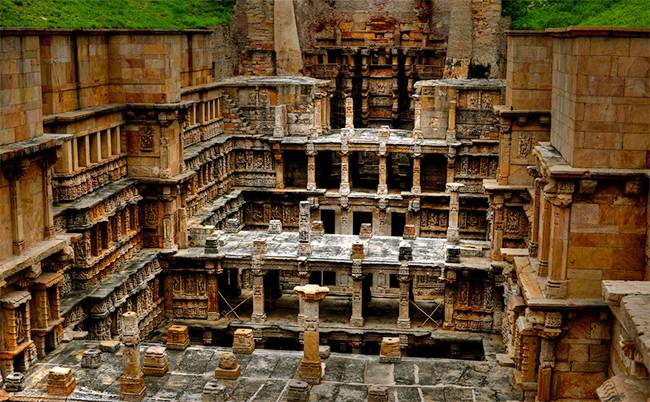
One thought on “25 Incredibly Beautiful World Heritage Sites in India – Part 1”
Comments are closed.